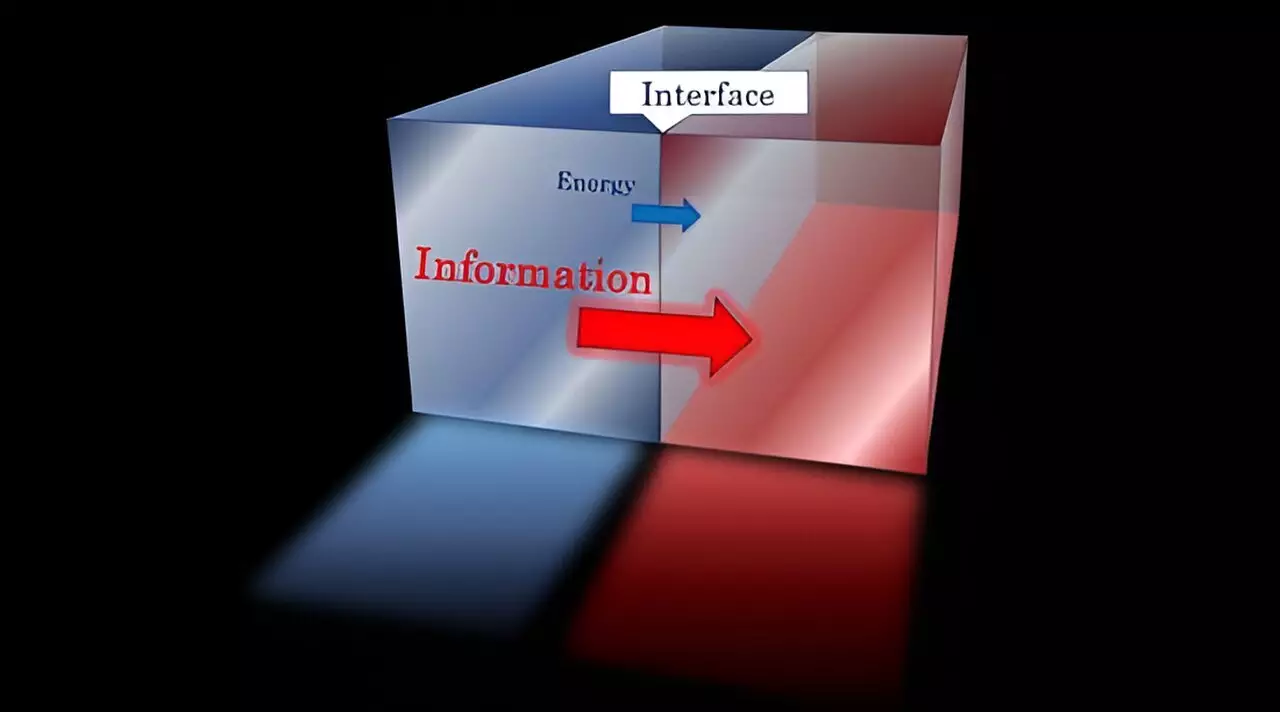Recent advancements in theoretical physics have brought to light fascinating insights into the dynamics of quantum field theories. An international research team has published a groundbreaking study in Physical Review Letters, revealing a surprisingly direct relationship between energy and information transmission across interfaces connecting two distinct quantum field theories. This research marks a pivotal moment for physicists, as it addresses long-standing challenges in understanding how these fundamental concepts interact within the context of particle physics and condensed matter systems.
The concept of a quantum field theory interface is critical, influencing not just theoretical research but also applications in experimental physics. However, historically, calculating the rates at which energy and information traverse these interfaces has proven to be an arduous task due to the complexities of the underlying mathematical frameworks. The work undertaken by researchers, including prominent figures such as Hirosi Ooguri from the Kavli Institute and Fred Kavli at Caltech, charts new territory by establishing a clear set of universal inequalities that govern the interactions of energy, information, and the dimensional properties of Hilbert spaces.
At the heart of their findings lies a series of elegant inequalities relating three crucial quantities: the rate of energy transmission, the rate of information transmission, and the expansive nature of the Hilbert space, particularly in two-dimensional theories that exhibit scale invariance. The inequalities formulated by the researchers assert that the energy transmission rate is less than or equal to the information transmission rate, which in turn is less than or equal to the size of the Hilbert space. This relationship encapsulates a profound realization: for energy to be effectively transmitted, information must necessarily flow alongside it, all while reliant on a sufficiently large Hilbert space to accommodate the myriad states involved.
The implications of this research extend beyond mere theoretical curiosity; they provide a framework that not only elucidates the connection between energy and information transmission but also delineates the limits within which these interactions can occur. Prior to this study, the absence of a discernible relationship between these quantities had left a significant gap in understanding fundamental quantum processes. The identification of these inequalities serves as a landmark achievement, as it confirms the interdependency of energy and information flows in quantum systems.
The significance of these findings stretches across various domains of physics, opening avenues for further research into the foundational principles of quantum mechanics. By characterizing the essential relationship between energy and information, scientists can better explore how these mechanisms operate in more complex systems, potentially leading to novel insights into quantum computing and information theory.
Moreover, the study effectively demonstrates that stronger inequalities between these transmission rates cannot exist, thus defining a boundary for future explorations. As researchers continue to unravel the complexities inherent in quantum interfaces, this work heralds an era of deeper comprehension regarding the fundamental nature of energy and information, paving the way for exciting advancements in both theoretical research and practical applications. The pursuit of knowledge in this field not only enriches our understanding of the universe’s underpinnings but also promises to illuminate the pathways towards revolutionary technologies and insights in the years to come.

